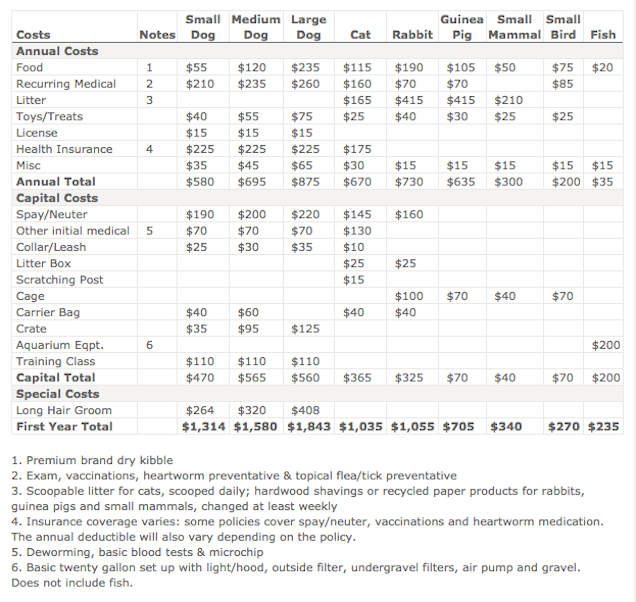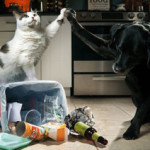Here are my top 8 spring cleaning tips for pet owners:
1. Brighten up their bedding.
Your pet probably spends most of his/her time indoors. Spruce things up by refreshing his favorite places, including his bed, kennel or favorite napping spot. First, vacuum in and around the area to remove hair and dirt. Next, if he sleeps in a plastic or wire crate, take it outside, hose it down and dry it thoroughly. Then launder blankets or bedding, tossing and replacing any worn items.
2. Take care of toys.
Throw away any toys that are permanently soiled, damaged or simply ignored by your pet. Gather any plush toys and launder them so they’re fresh and fluffy again. Hand-wash any plastic or rubber toys, too. If your pet has lots of toys, you can rotate them weekly to keep your pet interested. You might also keep a set of durable, Kong-type or rope toys for outdoor playtime, and keep the soft, squeaky plush toys inside so they last longer.
3. Tackle the yard.
Now that snow and ice have melted (hopefully) and buds are ready to bloom, give your yard and patio a good once-over to check for things you wouldn’t want your pet to get into. Eliminate trash or debris that has blown into the yard, pick up any dead critters that your pet might want to roll on, and look for cracks or holes in the fence or screen to prevent your pet from escaping.
4. Get a grip on collars, leashes and tags.
How long has your dog or cat been wearing that collar? Does it still fit properly? Is it dirty or in ill repair? What about your dog’s leash? Does it have frayed or thin sections that could suddenly snap if they try to chase a squirrel? Wash dirty items and toss any that are no longer usable. While you’re at it, don’t forget to take a look at their identification and rabies tags. These can become dirty and worn over time, making them illegible. Clean them up or replace if necessary.
5. Pack away the parkas.
As a Labrador mix living in Florida, my dog Chilly is not a regular wearer of coats. However, for those of you living in colder climes, you may have a nice selection of winter wear for your pooch. Go through their sweaters and coats, and donate anything that your pup has outgrown or no longer wears. Then look over the ones you keep, checking for rips, tears or loose buttons and Velcro. After repairing any problems, wash them and then store them neatly away for next winter.
6. Check up on medications.
If you give your dog or cat medications or supplements, go through everything and toss any that are old or have expired. Make sure you have an adequate supply of flea, tick and heartworm preventative on hand. If you don’t, contact your veterinarian and stock up so you don’t run out.
7. Organize their files.
If you’re like me, you end up throwing all of your pet’s records in one file. Spring is the perfect time to go through all of that paperwork and get it organized. If you have a variety of records — veterinary, adoption paperwork, training certificates, etc. — think about creating different files for each category. That way, you’ll be able to quickly access exactly what you need in the coming year.
8. Get caught up on grooming.
During the cold winter months, many people put off bathing and trimming their pets. But there’s no time like spring for a furry makeover. Give your pet a good bath, trim his or her nails/claws and brush his coat thoroughly. Not only does brushing help keep warm weather shedding to a minimum, it’s a great bonding experience. It also helps remove any allergens that may hitch a ride on your pet’s coat during the spring. Try to make it a daily or weekly habit, particularly if your pet has a long coat prone to tangles and matting. If your dog or cat requires a professional salon session, go ahead and schedule a spring appointment.
Finally, as you’re cleaning other areas in your home, remember to keep toxic supplies and chemicals well out of reach of your pet. Consider using natural cleaning solutions like baking soda or vinegar and water. Not only are they safer for your pet, they’re easier on your wallet, too!






